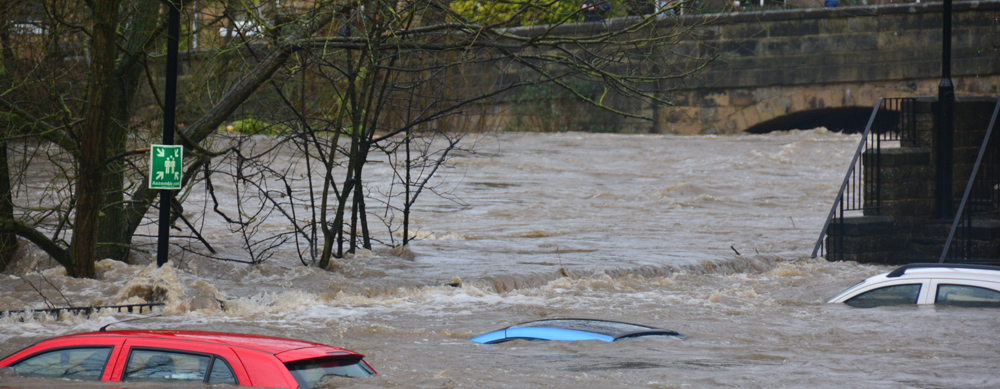Insurance Industry News: How Global Warming is Affecting the Insurance Industry

Is Your Insurance Business Being Affected by Global Warming?
Insurance companies are experiencing losses due to climate change and urbanization, but they don’t have sufficient risk assessment models to cope with these changes – putting your job at risk.
According to a new report by Swiss Re, global warming is set to cost the insurance industry big. Natural catastrophes are a major risk for property and casualty businesses. The damage caused by floods, earthquakes and other natural catastrophes substantially increase costs for insurers. In 2018, natural catastrophes claims cost $2.2 billion, according to Swiss Re.
The scientific consensus is that a continued rise in average temperatures will have a major effect on natural catastrophes related to weather. A changing climate gradually leads to shifts in the frequency, intensity, spatial extent, duration and timing of extreme weather events, according to the Intergovernmental Panel on Climate Change.
Insurance industry losses from natural disasters reached $219 billion, which is a record high for any two-year period. The Swiss Re report holds global warming and urbanization responsible for the rise in losses.
Still, 2018 had a dip in insurance losses from natural catastrophes to $76 billion, but only because 2017 saw massive hurricanes Harvey, Irma and Maria. The report also shows that 62 percent of the natural disaster insurance loses were caused by “secondary perils”, or the effects from natural disasters.
What are the secondary perils costing the insurance industry?
A primary peril is considered a high intensity event like an earthquake. These are rare. A secondary peril can be either independent of a primary peril or an ancillary effect of one. These are much more common.
A secondary peril associated with a primary peril would be a fire after a hurricane for example. An independent secondary peril would be a low intensity, frequent event that could be attributed to climate change like a river flood. This year we had many areas that experienced river flooding including Arkansas.
Secondary perils are the primary threat to the insurance industry because it is harder to calculate risk for these. “Large losses from secondary perils are occurring more regularly. This is a trend the insurance industry must act on so that we can continue to underwrite catastrophe business sustainably,” said Edouard Schmid, Swiss Re’s Group Chief Underwriting Officer.”
Secondary perils have increased in both intensity and frequency since climate change has been recorded. Examples of climate change creating secondary perils are happening across the country. The recent destruction of the Camp Fire in California was exasperated by the statewide drought. Hurricanes have been strengthened by rising sea levels and temperatures. Swiss Re reports that these perils will continue, contributing to increased losses for insurance companies.
“Secondary peril-losses will accelerate due to ongoing urbanisation, also in areas exposed to flooding such as along coast lines and in river plains, development in areas vulnerable to fire risk like wildland-urban interface, and also because of long-term climate change projections,” according to Schmid.
Insurance Industry Challenges
Unfortunately, there are factors that inhibit insurance companies from accurately insuring areas affected by climate change and secondary perils. Insurance companies are facing challenges understanding the risk of secondary perils.
They currently use historical data and flood maps to calculate natural disaster risk, but better risk models for climate change are needed to avoid dramatic losses. When this process is updated and optimized, insurance companies can provide more coverage options for policyholders located in designated danger zones.
Swiss Re identified that resilience project investing is a cost-effective way to protect assets when implemented post-catastrophe.
How is your insurance company handling natural disaster claims? Have you seen losses due to secondary perils? Share your experience.
